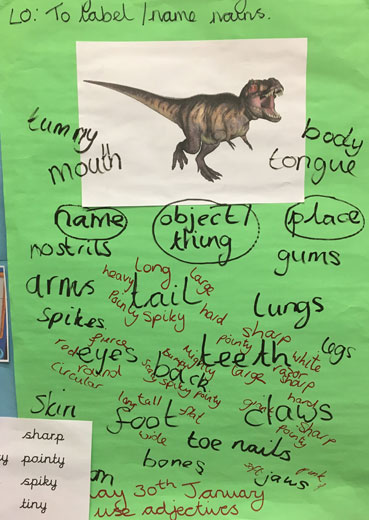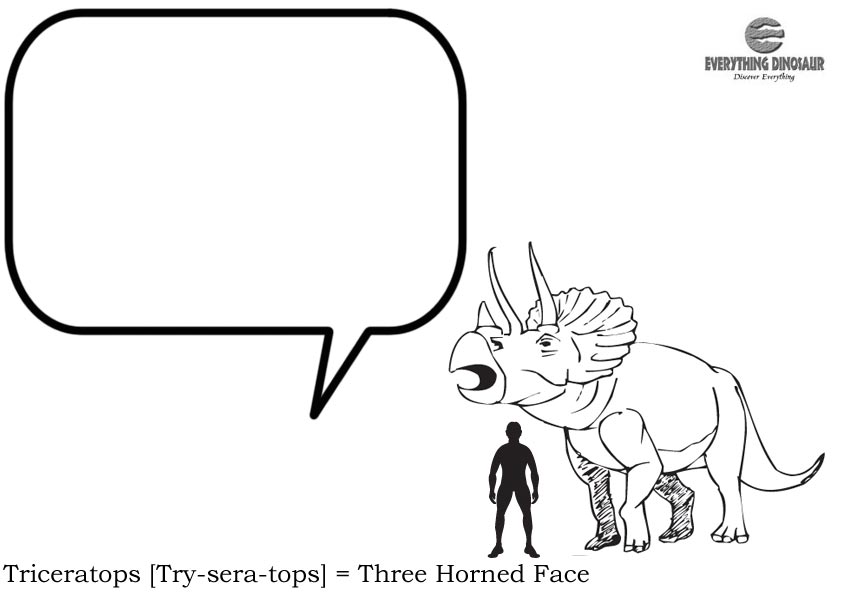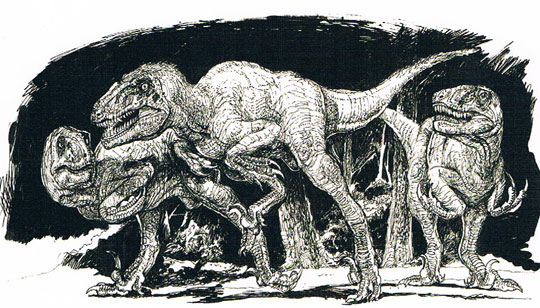Understanding and Exploring Feelings (PSHE)
Understanding and Exploring Feelings PSHE with EYFS
Dinosaurs can help young children explore their feelings.
A key aspect of teaching for the Early Years Foundation Stage (EYFS) is to help the children develop key life skills, one of the principle frameworks for achieving this is through the PSHE (Personal, Social and Health Education), portion of the curriculum.
Learning About Dinosaurs
In many schools, a topic involving learning about dinosaurs forms part of the scheme of work for Nursery and Reception. Children as young as three years of age can show remarkable pre-knowledge when it comes to dinosaurs and prehistoric animals and with giants like Tyrannosaurus rex and Triceratops to study, the children tend to be very enthusiastic learners. Dinosaurs as a topic can help children to build strong relationships and to manage their emotions, a dinosaur drawing can prove an effective teaching resource, assisting in the exploration of ideas such as your feelings, the feelings of others and exploring empathy.
Learning About Feelings/Thinking of Others

Picture credit: Everything Dinosaur
Dinosaur Workshops
When delivering dinosaur workshops to Foundation Stage children, our experts provide a number of additional resources. For example, the picture above shows a Triceratops with a speech bubble. The children are asked to see if they can work out what the dinosaur might be saying. This exercise provides valuable hand to eye co-ordination when it comes to holding a pencil and tests motor skills. It also helps the child to think about the feelings of others.
What Might Triceratops be Saying?
Picture credit: Everything Dinosaur
These simple sheets that we provide utilise some of our detailed dinosaur illustrations and permit the teaching team to explore feelings using topic appropriate resources. At Foundation Stage, the teaching team are tasked with a number of responsibilities towards ongoing provision to support personal and emotional development.
Visit the Everything Dinosaur website: Everything Dinosaur.
A dinosaur topic provides, numerous opportunities for children to explore and understand their feelings and the feelings of others. The teacher or teaching assistant can explore ideas such as is the dinosaur happy/sad? What would it say if it was sad? How might you (the child), act to help the dinosaur to stop from feeling sad?
These resources along with the other extension materials provided by Everything Dinosaur enable the Foundation Stage teaching team to develop clear, planned aspects of the curriculum that allow the children to explore feelings and emotions.
For further information about Everything Dinosaur’s outreach work: Email Everything Dinosaur.



